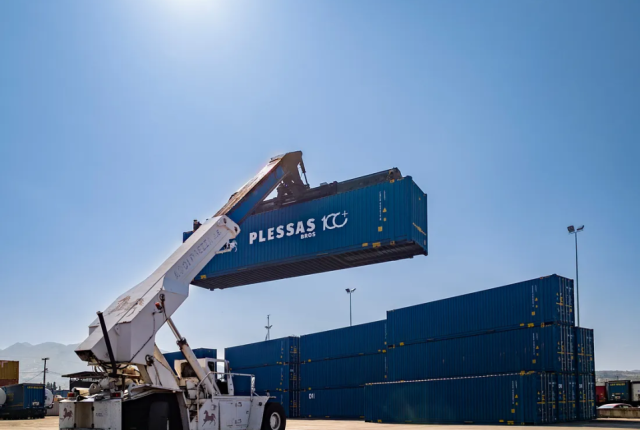
Humanitarian Logistics: Delivering Aid in Crisis Zones
In times of crisis, whether natural disasters, conflicts, or public health emergencies, swift and effective aid delivery is crucial for saving lives and alleviating suffering. Humanitarian logistics plays a pivotal role in ensuring that relief reaches those in need in a timely and efficient manner. This article explores the challenges and complexities of humanitarian logistics, as well as the strategies and innovations employed to overcome them.
Understanding Humanitarian Logistics
Humanitarian logistics involves the planning, implementation, and coordination of the flow of goods, information, and resources from donors to beneficiaries in crisis-affected areas. The goal is to minimize human suffering by providing essential supplies such as food, water, shelter, and medical assistance.

Challenges in Humanitarian Logistics
- Infrastructure and Accessibility: Crisis zones often suffer from damaged or destroyed infrastructure, making it difficult for aid to reach affected areas. Poor road conditions, collapsed bridges, and limited transportation options can hinder the movement of supplies.
- Security Concerns: Conflict zones pose significant security challenges, exposing aid workers and supplies to various risks. Ensuring the safety of both humanitarian workers and the aid itself is a top priority.
- Coordination and Communication: Effective communication and coordination among various stakeholders, including government agencies, non-governmental organizations (NGOs), and international bodies, are critical. Delays and inefficiencies may arise when there is a lack of collaboration or clear lines of communication.
- Logistical Complexity: The sheer complexity of delivering aid, especially in large-scale crises, requires careful planning and execution. Coordinating the transportation, storage, and distribution of diverse relief items demands a well-organized and adaptive logistics system.
Strategies for Overcoming Challenges
- Pre-positioning of Supplies: To mitigate delays, pre-positioning essential supplies in strategic locations before a crisis occurs can significantly reduce response time. This involves storing stockpiles of food, medical supplies, and other necessities in warehouses strategically located near potential disaster zones.
- Technological Innovations: The use of technology, including drones, satellite imagery, and geographic information systems (GIS), has transformed humanitarian logistics. These tools provide real-time data on affected areas, aiding in planning and decision-making.
- Public-Private Partnerships: Collaboration between governments, NGOs, and private sector entities enhances the efficiency of humanitarian logistics. Leveraging the expertise and resources of various stakeholders can lead to a more coordinated and effective response.
- Adaptive Planning: Humanitarian logistics requires flexibility and adaptability. Continuous assessment and reassessment of the situation on the ground help organizations adjust their plans to address evolving needs and challenges.
Case Studies in Humanitarian Logistics
- Haiti Earthquake (2010): Following the devastating earthquake in Haiti, humanitarian organizations faced challenges in delivering aid due to damaged infrastructure. The response highlighted the need for improved coordination and communication among different entities involved in relief efforts.
- Syrian Refugee Crisis: The protracted Syrian conflict resulted in a massive influx of refugees. Humanitarian logistics efforts involved coordinating aid delivery across borders, navigating complex political landscapes, and addressing the long-term needs of displaced populations.
Conclusion
Humanitarian logistics is a dynamic and challenging field that plays a crucial role in delivering aid to those in crisis zones. By addressing the unique challenges posed by natural disasters, conflicts, and pandemics, the humanitarian community continues to evolve its strategies and embrace innovative solutions. The ultimate goal remains unchanged: to save lives and provide support to those in their greatest time of need.



